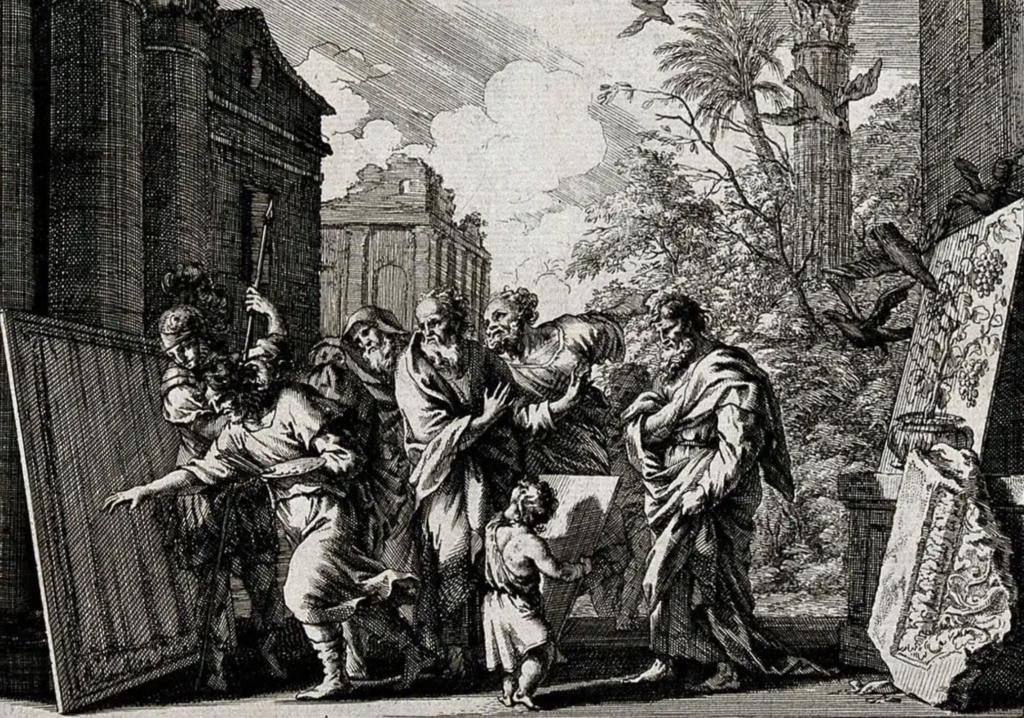Notes on the ‘Bed’ series
The exploration of the individual’s inner world has always been the subject of my art practice – ranging from memory to the unconscious, from things have happened in the past to those that are still affecting us today. By introducing the concepts of psychoanalysis, I have deepened my research on the relation between memory and existence, and extended it to the theme of trauma; this is a more profound and insidious part of our being, which lingers like a ghost in our life.
The ‘Bed’ series is based on the concept of beds – not only as a piece of furniture. As a place for sleeping, the bed differentiates reality from dreams. In this series, all the beds were made from plywood, with an LED behind each of them. They leant against the walls and created a space between them and the walls, which was illuminated by the LEDs behind them. Beds are like an entrance from reality into dreams. The latter world is in parallel to reality, but with more ephemeral symbols within it – symbols which are too obscure for us to grasp, but which attract us and reveal the most essential truths of our desires and being. The bed is a mediation; it mediates between these two worlds.
Light is an important element in this serise. I focus on the visible but immaterial attributes of light, which make it equivalent to the nature of the traumas in our memories: we can feel their ghostly presence in our life, but they can never be touched. The lights in the ‘Bed’ series were always behind the plywood; the viewers could only see them through a gap or a hole in the wood. Thus, they attracted the viewers but could not be touched, and because of their immaterial character, they looked like phantoms – the phantom state of traumas.
Image and representation is another topic I explored in the ‘Bed’ series. The plywood beds in this series did not really look like beds; they shifted between ‘it is a bed’ and ‘it is not a bed’, like René Magritte’s pipe – between a confirmation and a denial. My study of image and representation is mainly based on Lacanian theory. Jacques Lacan believed there is always a fracture between the surface of things and their essence, and the image here functions as a mask, which mediates between the appearance of an object and its essence. But the problem is, is the essence the truth of the object? Or it is actually another illusion, which is cast on the wall of Plato’s cave? There is always a deception. When Zeuxis showed his painting of grapes to Parrhasius, a bird thought the grapes were real and stopped on the canvas. But when Parrhasius showed his painting to Zeuxis, it was covered by a curtain. Zeuxis went to the painting and tried to move the curtain; finally, he found it was painted. An ‘Image’ is a mediation, but at the same time it is also a trap, which lures people’s gaze and pretends to be something other than it is.
07/2023
London

Parrhasius Deceives Onlookers with a Painting of a Veil over a Painting, Johan Jacob von Sandrart after Joachim von Sandrart, 17th century